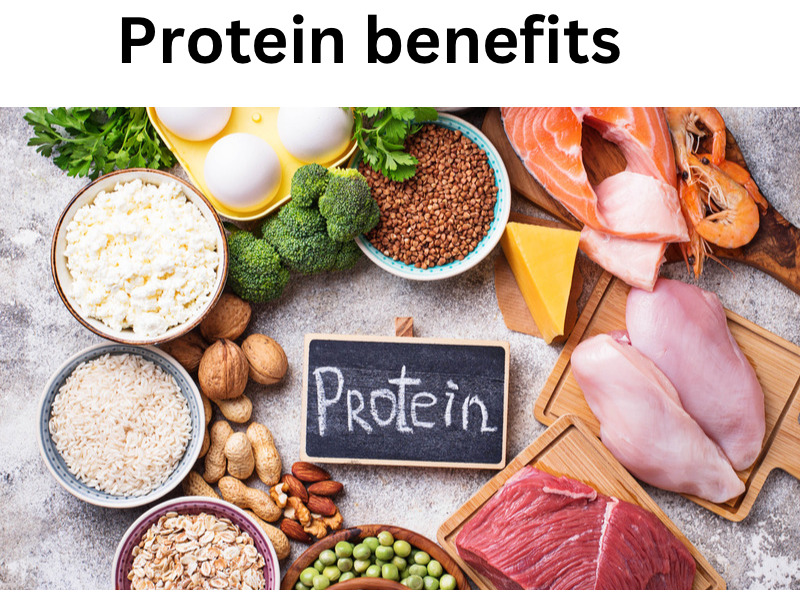“Comprehensive Guide to Healthy Diet Plans: Effective Strategies for Weight Gain and Loss”
It’s important to maintain a healthy weight for general wellbeing, but getting to your optimum weight might be difficult. Either way, a well-organized food plan is crucial, regardless of your objective. In-depth diet plans for weight gain and loss will be covered in this article, along with helpful hints and recommendations to help you reach your goals in a sustainable and healthful way.
1. Comprehending Your Objectives
Prior to going into diet plans, it’s critical to comprehend your individual objectives and the rationale behind them. It’s important to prioritize sustainability and long-term health over band-aid solutions when trying to gain or lose weight.
2. Weight Gain Objectives
Your objective should be to raise your body weight and muscle mass in a healthy manner if you want to put on weight. This entails eating foods high in nutrients that support healthy aging and muscular building, as well as absorbing more calories than you expend.
3-Weight Loss Objectives
The goal for everyone trying to lose weight is to decrease body fat while keeping up muscle mass. This means putting meals that promote weight reduction and general health first and establishing a calorie deficit—consuming fewer calories than you burn.
It might be difficult to gain weight as well as lose it, particularly if you have a quick metabolism or a naturally slim body type. This comprehensive diet plan will assist you in gaining weight in a balanced and healthful manner.
1. Consume more calories
You must take in more calories than your body expels in order to gain weight. 300–500 extra calories should be your daily goal. Determine your daily caloric requirements using a calorie calculator, then make the necessary adjustments.
2. Take Foods High in Nutrients
Make an effort to eat a diet rich in nutrients that supplies the necessary macronutrients, vitamins, and minerals. Here are a few choices:
2.1 – Protein: Fish, eggs, poultry, meat, pork, and dairy products including yogurt, cheese, and milk.
2.2 Carbohydrates: potatoes, sweet potatoes, legumes, and whole grains (oats, brown rice, and quinoa).
2.3-Fats: Nuts, seeds, avocados, olive and coconut oils.
3. Regular Meals
Instead of eating three substantial meals throughout the day, eat five to six smaller ones. By doing this, you may consume more calories overall without feeling unduly full.
4. High-Protein Snacks
Between meals, include high-protein snacks to promote muscle building. Hard-boiled eggs, cottage cheese with fruit, protein drinks or smoothies, and Greek yogurt with almonds and honey are a few healthy choices.
5. Exercise for Strength
To increase muscle growth, incorporate strength training into your eating plan. To optimize muscle growth, concentrate on complex workouts such as rows, bench presses, deadlifts, and squats.
An Example of a Weight Gain Meal Plan
Breakfast consists of whole-grain toast, scrambled eggs with spinach, and a glass of whole milk.
1-Greek yogurt with mixed nuts and honey is a great mid-morning snack.
2-Lunch consists of quinoa, roasted veggies, and grilled chicken breast.
3-Protein shake made with peanut butter, bananas, and protein powder for an afternoon snack.
4-Steamed broccoli, sweet potatoes, and baked fish for dinner.
5-Berries with cottage cheese for an evening snack.
B-Diet Strategy for Losing Weight
It takes a calculated approach to cut calories while maintaining a healthy intake of the nutrients your body needs to lose weight. This is a thorough eating plan for long-term, healthy weight loss.
1. Make an imbalance in calories
You must consume less calories than your body expels in order to lose weight. To lose roughly 1-1.5 pounds per week, aim for a daily calorie deficit of 500–750.
2. Give Nutrient-Dense Foods Priority
Select meals that are high in nutrients but low in calories. Pay attention to:
2.1-Protein: Fish, tofu, beans, and legumes; lean meats.
2.2- Fruits, veggies, and whole grains are sources of carbohydrates.
2.3-Fats: Nuts, seeds, avocados, and olive oil are good sources of fats.
3. Consume meals that are balanced.
Make sure every meal has complex carbohydrates, protein, and healthy fats. This aids in maintaining your energy and fullness throughout the day.
4. Regulate the Size of the Portion
Pay attention to portion proportions to prevent overindulging. To keep on track, use smaller plates and measure your servings.
5. Maintain Hydration
Water is your best beverage throughout the day. Sometimes people confuse their thirst for hunger, which results in needless munching.
Top Protein Foods: Best Sources of Protein for a Healthy Diet
6. Refrain from Processed and Sugary Foods
Restrict your consumption of processed foods, sugar-filled beverages, and snacks. These can impede your attempts to lose weight because they are heavy in empty calories.
An Example of a Weight Loss Meal Plan
1-Breakfast consists of almond milk, chia seeds, and berries overnight oats.
2-Almond butter on apple slices is a mid-morning snack.
3-Lunch consists of grilled chicken salad topped with cucumbers, tomatoes, and mixed greens with a mild vinaigrette dressing.
4-Hummus with carrot sticks for a midday snack.
Dinner is brown rice, broccoli, and bell peppers stir-fried with tofu.
Snack in the evening: A tiny handful of mixed nuts.
C-Suggestions for Achievement
These pointers can assist you in staying on track and getting long-lasting effects, regardless of whether your objective is to gain or reduce weight:
1. Make a meal plan
Making healthy food choices and avoiding impulsive eating can be achieved by planning your meals ahead of time. To keep organized, make a weekly grocery list and menu.
2. Maintain a Dietary Record
Keeping a food journal can give you valuable information about your eating patterns and point out areas where you might improve. Keep track of your meals and snacks with a food journal or a smartphone app.
3. Pay Attention to Your Health
Observe your body’s signals of hunger and fullness. Consume food only when you’re hungry and quit when you’re full. Refrain from eating due to emotional triggers or boredom.
4. Continue to Move
Engaging in regular physical activity enhances general health and is a complement to nutrition plans. Choose an exercise program that you enjoy doing and follow it—yoga, walking, running, or cycling, for example.
5. Get Enough Rest
Getting enough sleep is crucial to controlling your weight. For the sake of your general health and metabolism, try to get between seven and nine hours each night.
In summary
Whether you’re trying to gain or lose weight, reaching your objectives needs a well-rounded strategy that combines focused practices, frequent exercise, and a nutritious diet. You can make long-lasting adjustments that support long-term health and well-being by adhering to the diet plans and advice provided in this article. Always keep in mind that consistency is essential and that over time, modest, gradual improvements can have a big impact. Begin your path now and reap the rewards of a happy, healthier version of yourself.




